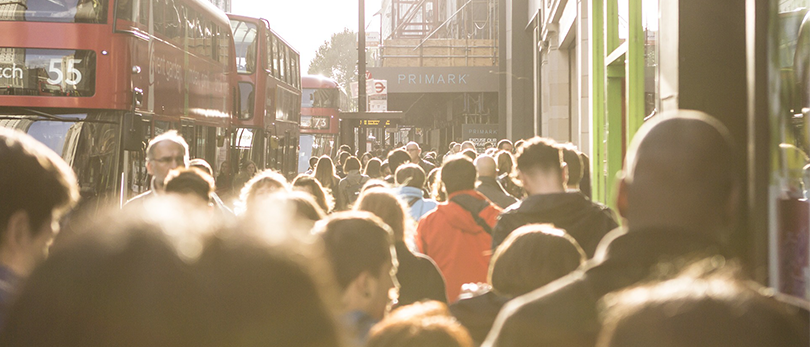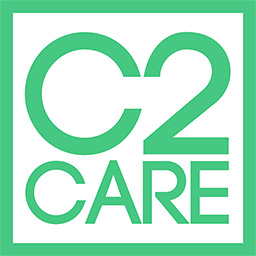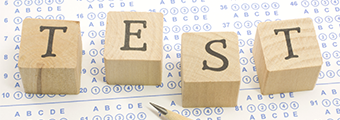What is fear of crowds?
Ochlophobia is an irrational fear since it is not objectively dangerous. However, you are afraid of being trapped, suffocated by a mass of people. You therefore do everything possible to avoid taking public transport during rush hour, going to theatres, concerts, etc.

Ochlophobia is the exclusive fear of crowds
For example, when you are in crowded places (demonstrations, tourist spots, a beach, etc.) you feel lost and oppressed. All your attention is focused on the mass of people who could be a danger to your physical and psychological integrity. You hate being in a confined space with other people and you are afraid of being looked at. In such conditions, the symptoms are mainly characterised by trembling, excessive sweating, a strong acceleration of the heart rate, etc.
Fear of crowds often confused with agoraphobia
This is firstly because this scientific term is not well known to most of us, and secondly, because both phobias include the fear of going to public places and triggering a panic disorder. They are both phobic disorders that can generate anxiety attacks when faced with a specific object or situation. However, the triggers for the phobia are different.
Your ochlophobia differs from agoraphobia in that you prefer to seek out large, empty spaces when you feel unwell. In this case, isolation allows you to relieve your tension, reduce your anxiety about crowds and stop feeling oppressed. Outside of these situations, you manage to maintain good social relationships and are quite fulfilled.
Fear of crowds: a common thread between ochlophobia and agoraphobia
In agoraphobia, on the other hand, you are also afraid of crowds, but also of public places and wide open spaces because of the fear of not being able to escape if something goes wrong. You have an irrepressible need for safety and at the same time for freedom. You are afraid of crowds for the sole reason that it would be difficult to escape in the event of a panic attack. In agoraphobia, it is not the people as such that frighten you, but rather the situation that this generates. Crowds are a common feature of ochlophobia and agoraphobia, but are perceived differently in each case.
Claustrophobia may be more confusing since it involves the notion of enclosed space. If you suffer from claustrophobia, groups of people also give you the impression of suffocating because you feel compressed in a small space. There are some similarities related to space, but in ochlophobia, it is specifically the crowd that is perceived as a danger. You are afraid of feeling confined, of being pushed around and this triggers a very strong emotional discomfort in you. As with all phobias, healing is achieved through good communication, relaxation exercises and learning to trust yourself.
Ochlophobia: a social phobia?
Fear of crowds is traditionally associated with social phobias. However, it could almost be considered as a specific phobia in the sense that it is the crowd as an entity in itself and not as a collective of disparate individuals that distresses you. It is this deep and unspeakable feeling of being completely vulnerable to the mass of people that the crowd represents that paralyses you and makes you avoid all situations in which you think there is a high probability of finding yourself stuck in the middle of many people. Nevertheless, if the fear of being suffocated, trampled or even completely annihilated are the most recurrent anxieties in cases of ochlophobia, other threats can also be perceived, such as the fact of feeling ridiculous in front of others, which are related to social phobia. In addition, fear of crowds prevents the sufferer from participating in many social situations. Therefore, in terms of its implications for people’s lives and the nature of the anxieties that can overwhelm them, fear of crowds is truly a social phobia.
What to do in a panic attack in a crowd?
Suffering from ochlophobia puts you at high risk of developing a panic disorder. It is therefore likely that you will experience the symptoms of a panic attack every time you have to go to potentially crowded places, which will greatly increase your future apprehension.
Above all, when faced with such situations, it is important to be aware that although the onset of a panic attack is an extremely distressing episode, it does not constitute a real health hazard. Despite the physical sensations that indicate otherwise, one does not die from a panic attack. At the first sign of nausea or shaky legs, try to move away from the crowd as quickly as possible to regain your composure.
If this is not possible, you can first try to control your breathing. Heart coherence breathing exercises such as square breathing (breathe in through your nose, hold your breath, breathe out, then hold your breath for the same length of time for each step) will help bring the anxiety down. On the other hand, if you are with someone you know, don’t hesitate to ask for help and lean on him or her. This may be more or less difficult to do depending on your type of ochlophobia. In any case, it is most important to divert your attention. Focusing on your breathing can again be an effective way.


